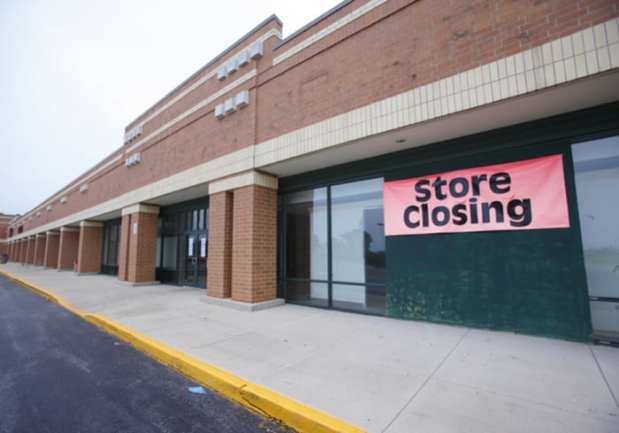How To Make Sure Stores Don’t Die

Among the defining endeavors of our time — at least for the worlds of payment and commerce — has been to bring brick-and-mortar retail stores into the new century.
It’s an ongoing effort that has probably seen more failures than success stories, but that’s certainly not keeping people from betting on new innovations.
The idea, as explained in a new PYMNTS interview with Adam Levene, founder of a retail technology company called Hero, is to plug the physical store, so to speak, into the larger digital and mobile worlds where consumers are increasingly operating. That means, among other tasks, helping to enable in-store retail associates to use the latest mobile technology — and that includes emerging 5G mobile network technology — to better serve consumers and offer a deeper customer experience.
Transforming Retail
“It’s a great time to be transforming retail,” Levene said. “And retailers are making bigger bets on [omnichannel] technology.”
Indeed, such technology is being used by retailers to better meet consumers on their own terms and platforms. In general, omnichannel consists of consumers researching an item online, then going into a store and talking to salespeople, or just using their smartphones in the store to research the item there. They check the prices of what they want (showrooming), then buy the item online because it’s cheaper there.
The Hero proposition basically comes down to this: deploying its mobile app so store employees can interact with consumers online. For instance, via its work with Nike, Hero has deployed its app to certain Nike stores, and that means consumers can communicate with associates working at the nearest store and use video, chat and livestreaming to get advice about size, colors and other product choices.
“You can shop live with consumers,” Levene said.
Buying can either happen at that store or online, he explained — the general concept is to offer a better consumer experience, one that can make better use of all the channels a customer might want to use.
“Nike has made a big shift in their strategy over the past couple of years,” he said, adding the brand is investing less in what he called wholesale relationships while providing a more digital and mobile experience to customers — and getting store associates more involved in that effort.
As for training, associates might need it, but when it comes to a brand such as Nike, he said, those employees already tend to have relatively deep knowledge of the product line, which helps when using the Hero mobile app.
In the view of Hero and other such companies, brick-and-mortar stores represent an important retail battleground, an idea supported by the push of Amazon and other eCommerce operators to open and operate cutting-edge physical locations. That’s certainly part of the story in retail these days.
Another part is the ongoing demise of physical locations, whether individual store locations or entire malls. One recent example? Forever 21 is mulling bankruptcy. The company is known for selling relatively cheap fashion items at more than 800 stores globally. The stores are large, at roughly 20,000 square feet, and the industry is competitive, to say the least.
Future Expansion
PYMNTS caught up with Levene as the company comes off a $10 million series A funding round, announced about six weeks ago. Some of that fresh capital, he said, is earmarked toward geographical expansion. The company already has presence in London and New York City, among other hot areas of commerce, and Levene said that Asia — including South Korea, Hong Kong and Taiwan — stands as an area of hot demand for the retail services the company offers. As geographies expand, so do product categories.
“Consumer electronics is a big category for us,” he said.
Hero also plans to use some of that money toward developing new products and services, Levene told PYMNTS. That could one day include augmented and virtual reality. It is all but certain to include new 5G-enabled retail capabilities.
“With its better communication [speed and capacity], 5G will enable new experiences,” he said. “It will be really powerful.”
Indeed, whether powered by 5G or not, consumer experiences are the name of the game for so much happening in retail and payments — and that includes brick-and-mortar retailers working to step up their efforts and innovate their way to survival, and perhaps, even new prosperity.
